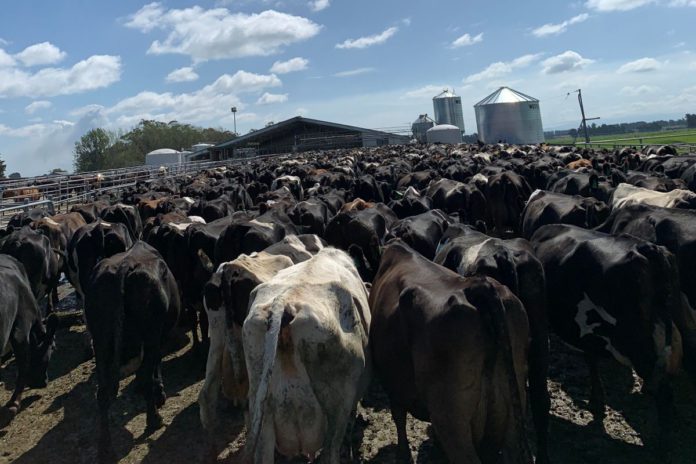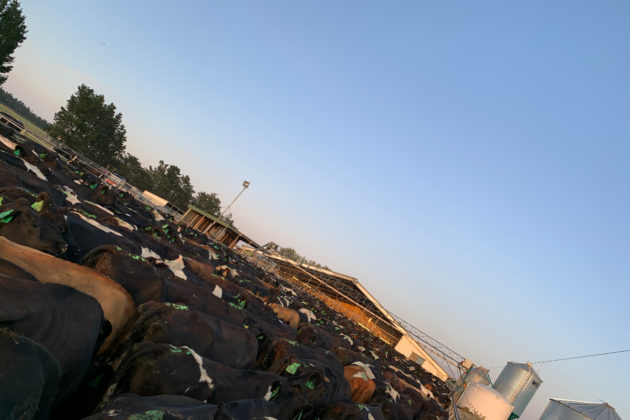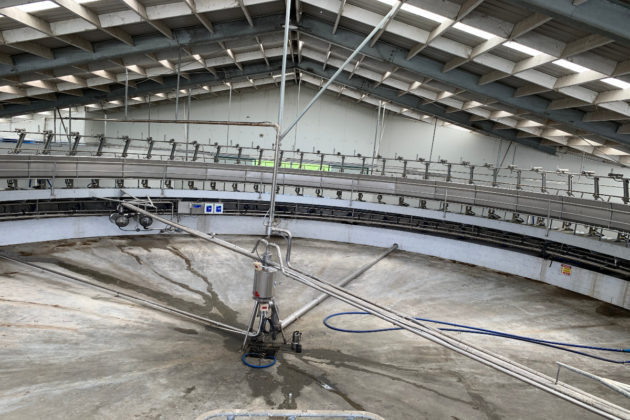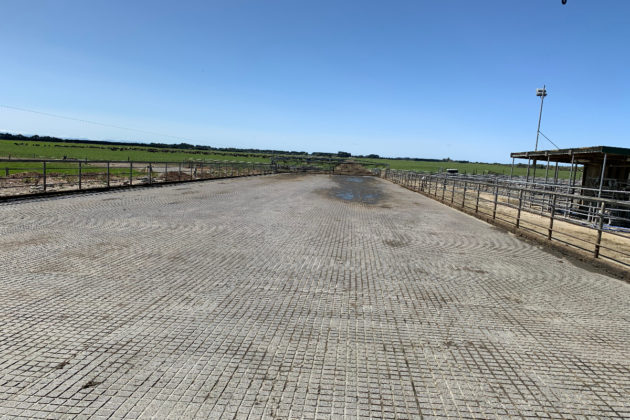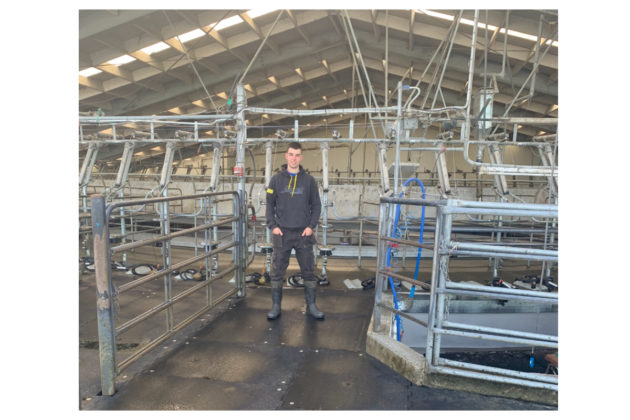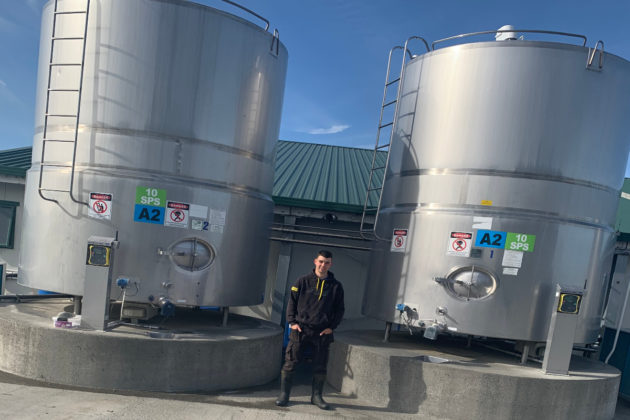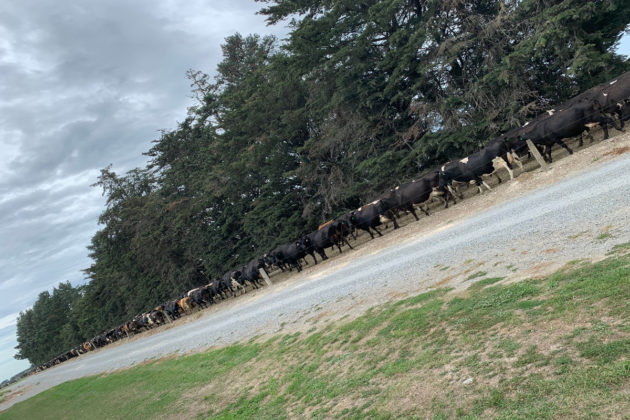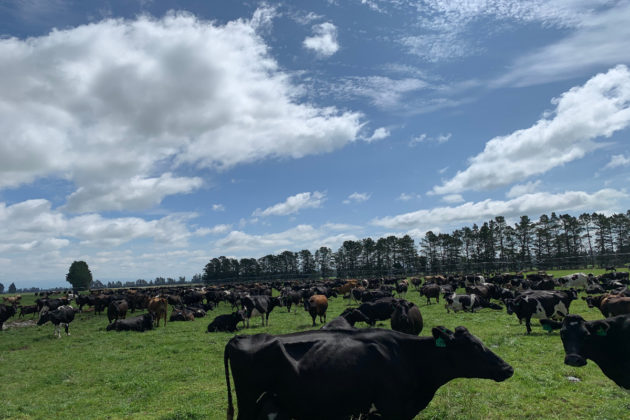My name is Conor Grace and I’m from Galmoy, Co. Kilkenny. We have a dairy farm at home, milking 70 British Friesian cows. We also rear all the calves to beef.
When I’m home, I’m very much involved in the day to day running of the farm.
Education
I’m currently studying agricultural science, a level 8 degree, in Waterford IT. I chose this course because of the great options and opportunities it gives, with 79% of students having a job when they finish college and 16% going on to further education.
The highlight of my studies so far was the practical experience I gained in Kildalton Ag College, especially with livestock and machinery. What I liked most is that you’re not stuck in a classroom all day. You also get to go to labs and test food and feed. The lecturers are very approachable as well.
New Zealand
I decided to go to New Zealand because I wanted to put my skills and knowledge to the test coming out to large scale dairy farms and learning from the experience.
I arrived in New Zealand on the 8th of January and was working by the 12th of January. There are 25 students from WIT on placement in New Zealand currently.
Another student and I are working on a 1300-cow farm in Rakaia in New Zealand together. There are 2 herds of 650 cows. We have 350 hectares of a grazing block. All of the cows are kiwi crosses.
We have an average cover of 2400 kg/dm/ha and an average milk yield being 21 litres. The farm is roughly growing around 78kg /dm/ha/day. We give the cows 18kg/dm of grass per grazing as well as 1kg of rolled barley in the shed morning and evening.
We are on a 28-day rotation and never exceed it. It roughly takes 3 hours to milk in the morning and 2-and-half-hours in the evening including washing up, which is very quick. Milking starts at 5 am and then again at 2 pm in the afternoon
My role on the farm is to milk one of the herds each morning and evening. During the day I move sprinklers and k lines and rota rainers (a form of irrigation), set up new break fences, feed out some silage if necessary, some topping and some spraying.
Adapting to new surroundings
The biggest eye-opener for me has been the size of the farms and number of cows you see driving along the roads. You might not see a house for miles just green fields with cows in them and a shed in the distance. A small herd out here is around 500 cows.
The move to New Zealand has not been challenging at all. Living with my classmate and working together made it easier at the start but once you get used to the surroundings, you’re flying it. The people here are so nice and helpful as well. All of the students from my course are nearby and we meet up most evenings and play sport or just socialise.
Differences
The main differences would be the depth of soil; there is only about 4 inches of soil before you hit rock. All the land is irrigated by pivots.
The cows are out-wintered, grazing fodder beat and winter crops. There’s very little machinery on the farm. A contractor spreads all the fertiliser and the effluent is spread through the pivots on the land.
A learning experience
The main thing I’ll bring home would be the grass utilisation; how to manage surplus and deficits of grass. Always stick to the 28-day rotation. All of the breaks we set up are done by GPS on the phone, so the cows are not getting too much or too little grass.
Another idea I would potentially bring home is the 16-hour and 8-hour milking interval, which is working very well on this farm.
The future
This is my first time working overseas and I hope to return to Ireland around the 25th of May, after some travelling around Australia. I would like to return for calving to see how they can manage the high number of calves.
After my degree, I hope to work for one of the major companies in the Agri-food sector. I would like to do more travelling at some stage before coming home to the farm on a full-time basis.
Hopefully, we can expand the cow numbers on the farm and improve the infrastructure. This should make it a successful business and an enjoyable place to work as well.
To share your story, email – [email protected]


